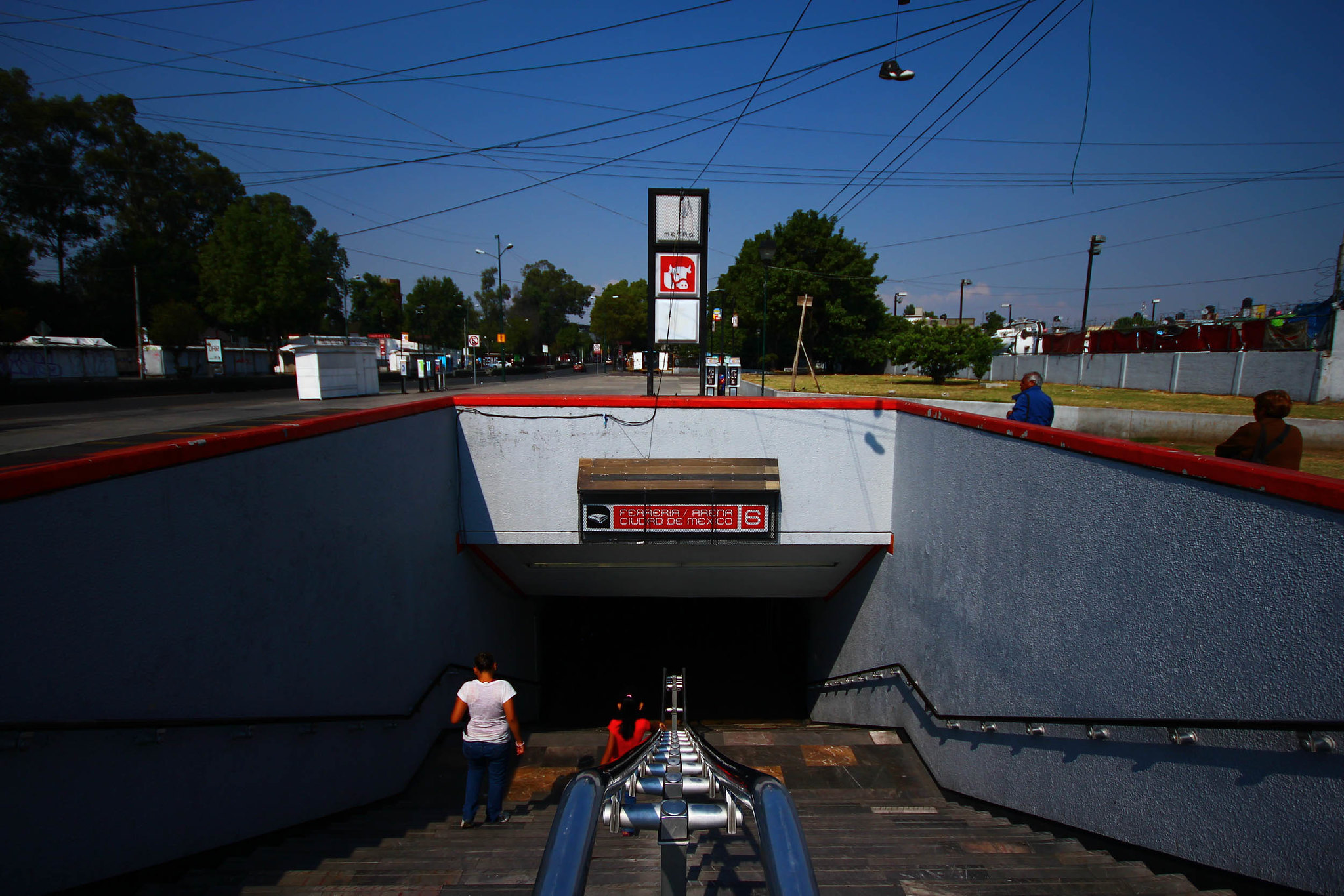
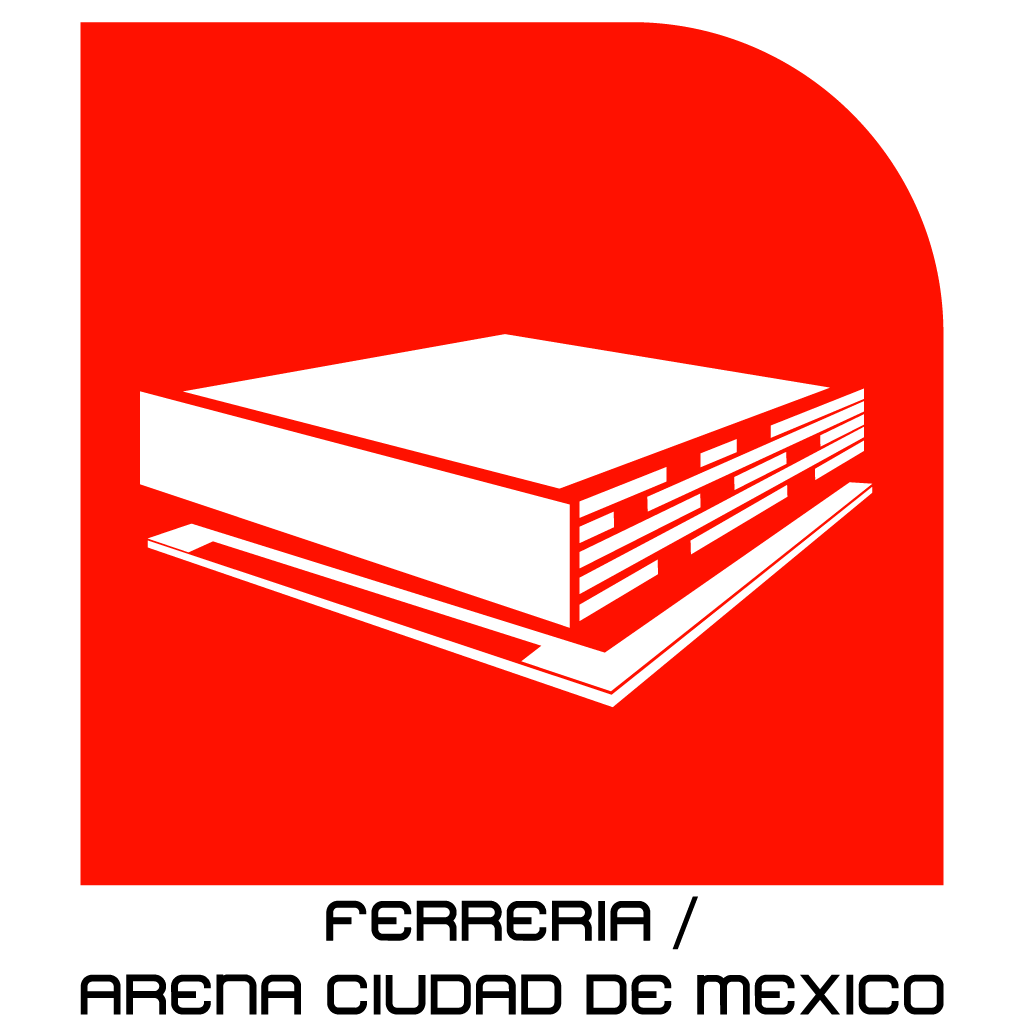 The Metro Ferrería / Arena Ciudad de México station is on the 6 Line of the Metro in Azcapotzalco. It’s the best way to get to the Arena.
The Metro Ferrería / Arena Ciudad de México station is on the 6 Line of the Metro in Azcapotzalco. It’s the best way to get to the Arena.
The station was originally named for the old Hacienda Ferrería. Colonial-era industrial establishments used mineral deposits found in this area for small-scale iron production. These needed to be near adequate forested areas in order to insure enough charcoal to be used as fuel. Later both the main railyards of the National Railway and the slaughterhouse were built on the extensive grounds of the Hacienda Ferrería, so-named for these nearby ironworks.
The cattle and meat processing plant came to be called the Rastro de Ferrería and opened in 1954. The Arena Ciudad de México today occupies part of the same site. The National Institute of Fine Arts is working to preserve some of the most important remaining buildings on the Rastro site, as they were designed by the noted architect and theorist, José Villagrán García, better known today for his work on the Hospital de Jesus in the city center.
The Metro station name was changed in 2012 to include the arena name, too. And the station logo was changed at the same time. It now represents the Mexico City Arena rather than the old cattle head logo seen in the photo above.
The Metro station serves about 20,000 passengers daily. While at night especially, many are on their way to the Arena, the station is also convenient to the Fortuna Suburban Train station, the enormous Alameda Norte complex and the Tec Milenio Campus Ferrería.
Of course, the enormous Rastro today also works as both a small neighborhood market and as something of regional distribution center for that part of the city. Like many neighborhood markets, it’s very well loved by residents of the area, even as vendors adjust to facilities that are still not up to their numbers.
 unidad_de_orientacion@metro.cdmx.gob.mx
unidad_de_orientacion@metro.cdmx.gob.mx
 5627.4950 / 5627.4741
5627.4950 / 5627.4741
 https://www.metro.cdmx.gob.mx/
https://www.metro.cdmx.gob.mx/
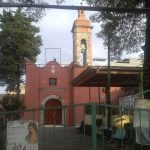
Nearest at 0.20 kms.
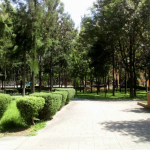
Nearest at 0.33 kms.
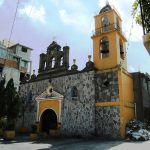
Nearest at 0.65 kms.

Last stop on Metro lines 6 and 7, Rosario is the only surface level station on either line.

A curiously under-utilized station, it's your front door on the park and the beloved neighborhood market.

As curious as central Azcapotzalco itself, the Metro Station of the same name honors the UAM in the area.

On the salt flats outside the nearly forgotten Magadalena de las Salinas, today it's the Rose of the Winds.

Storied Vallejo is more than just an industrial zone, much less a Metro. Here we've scratched the surface.